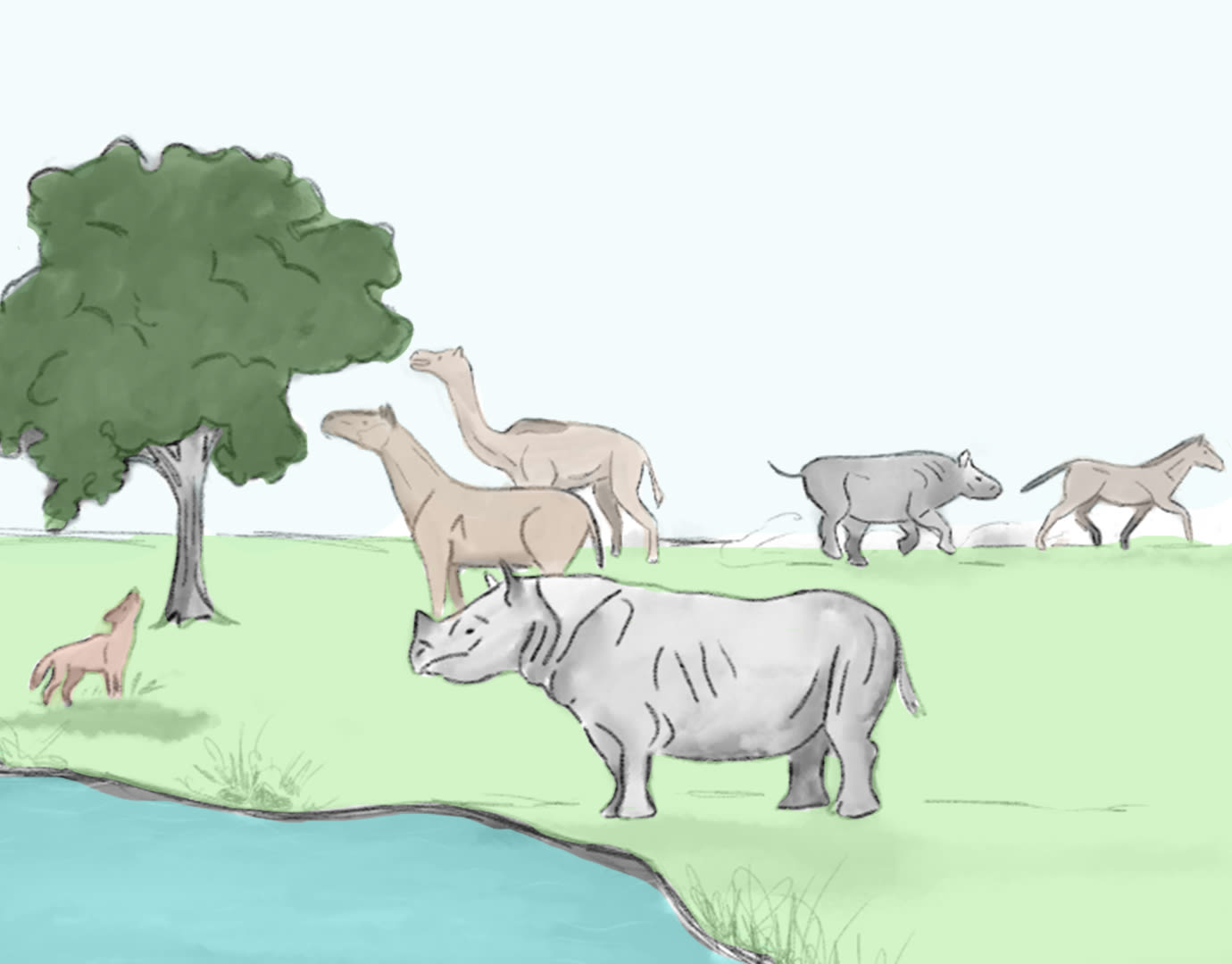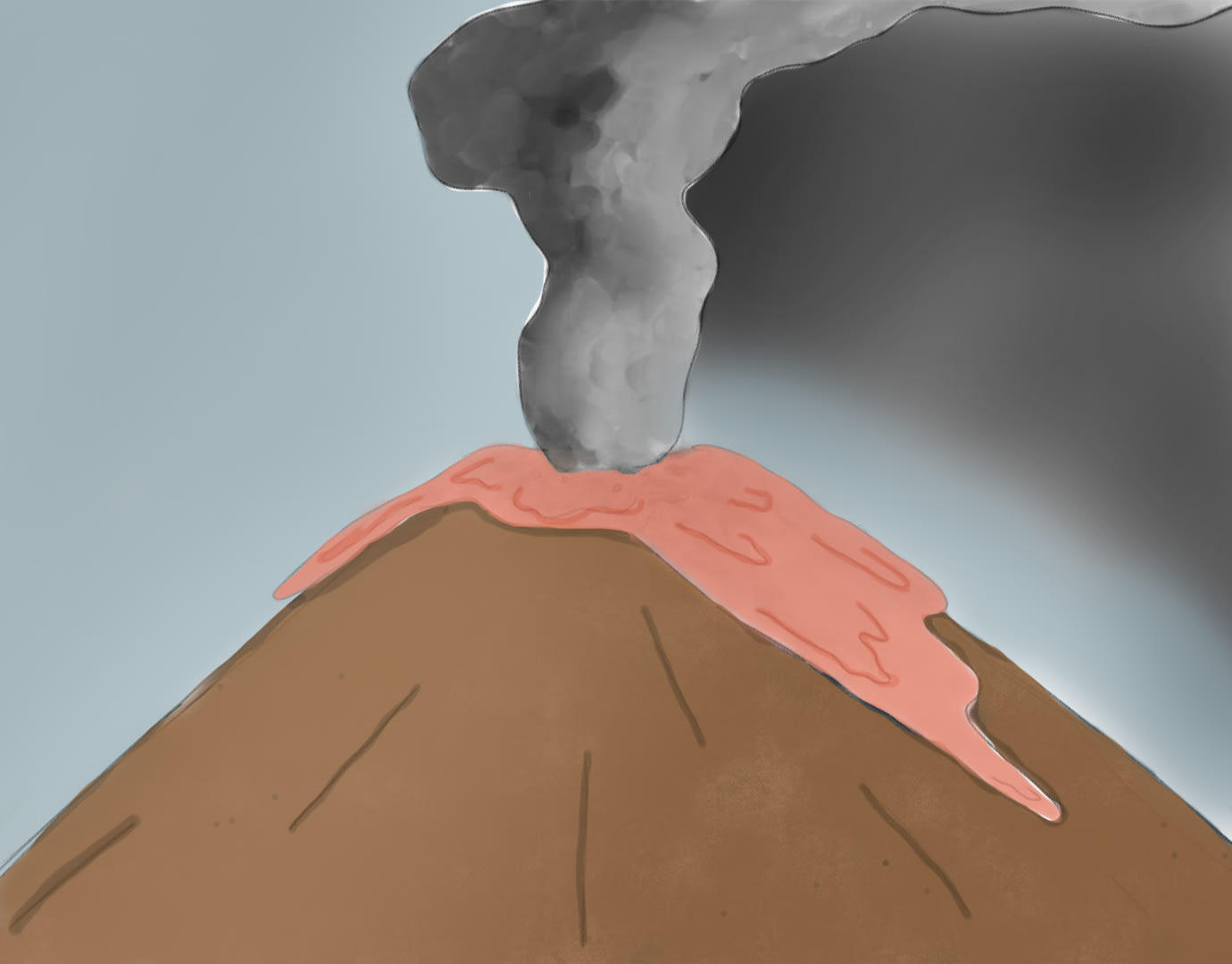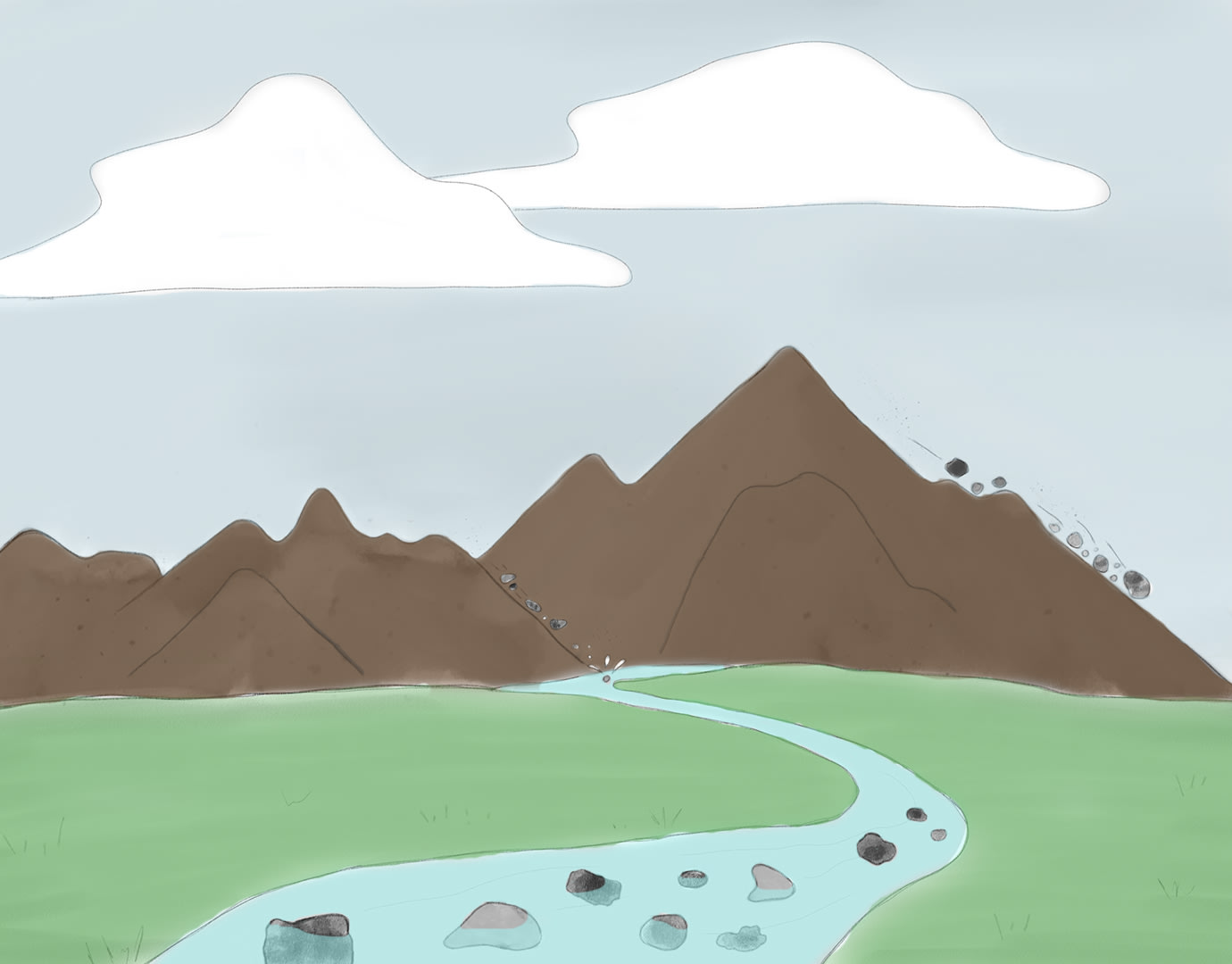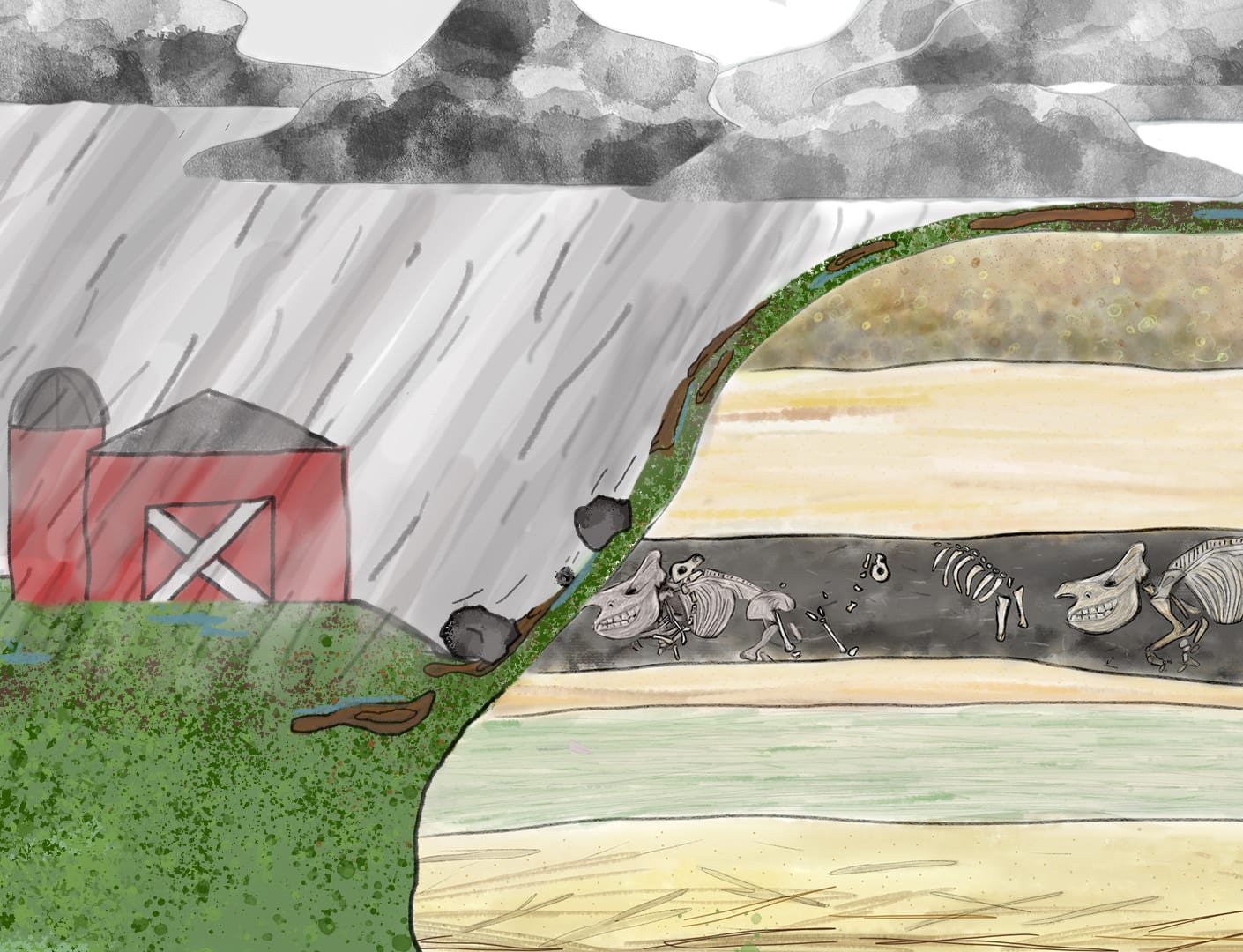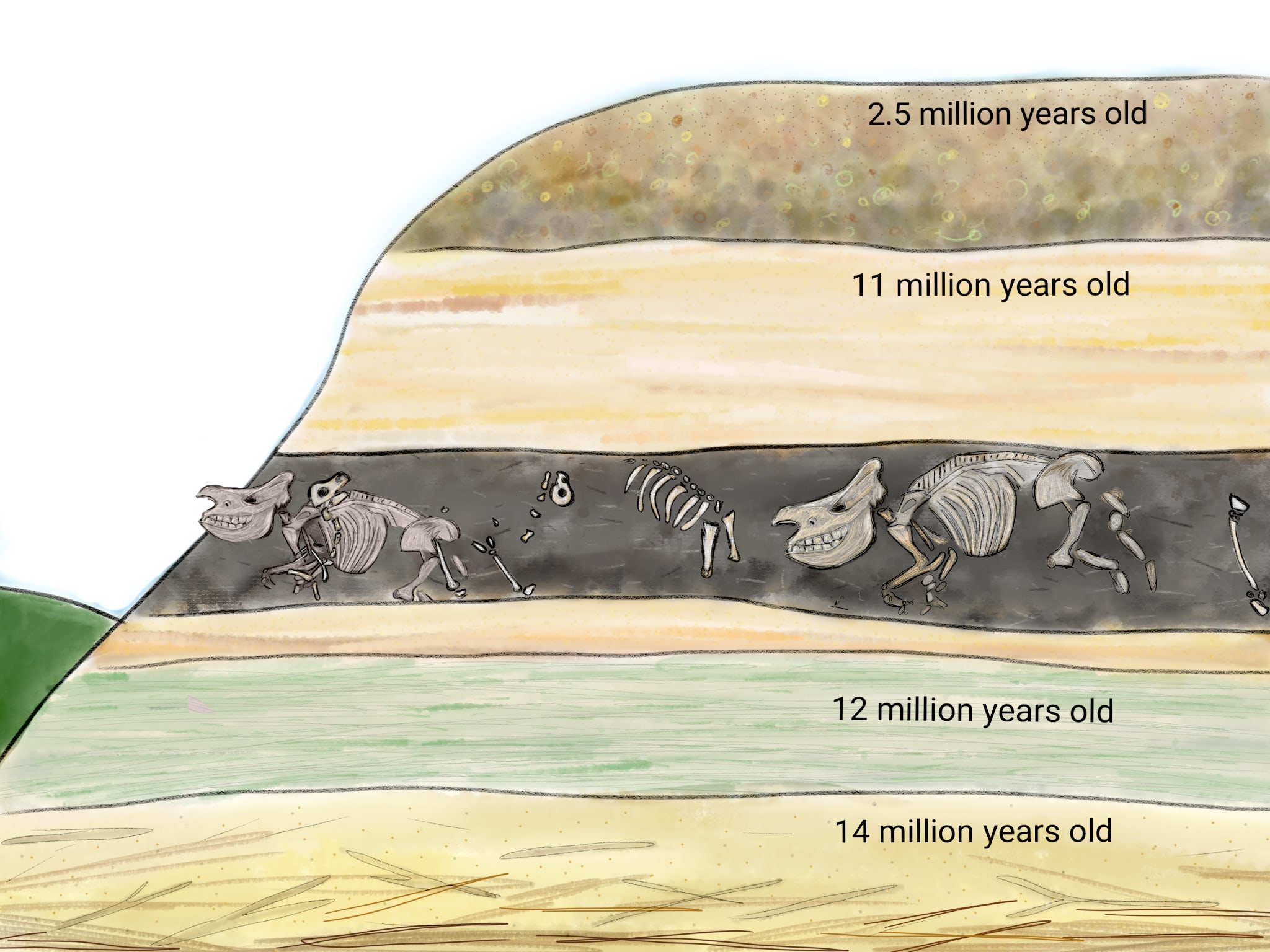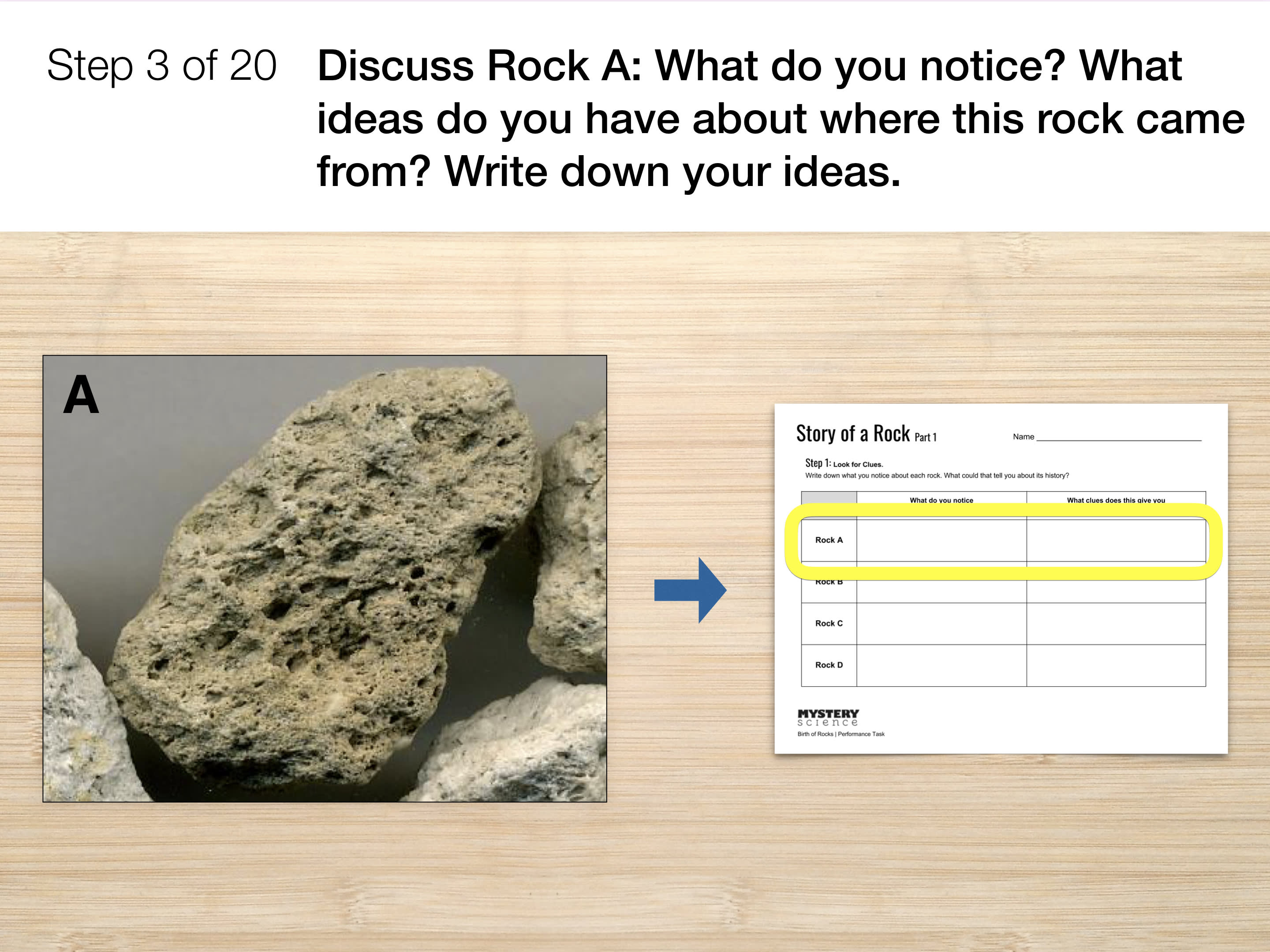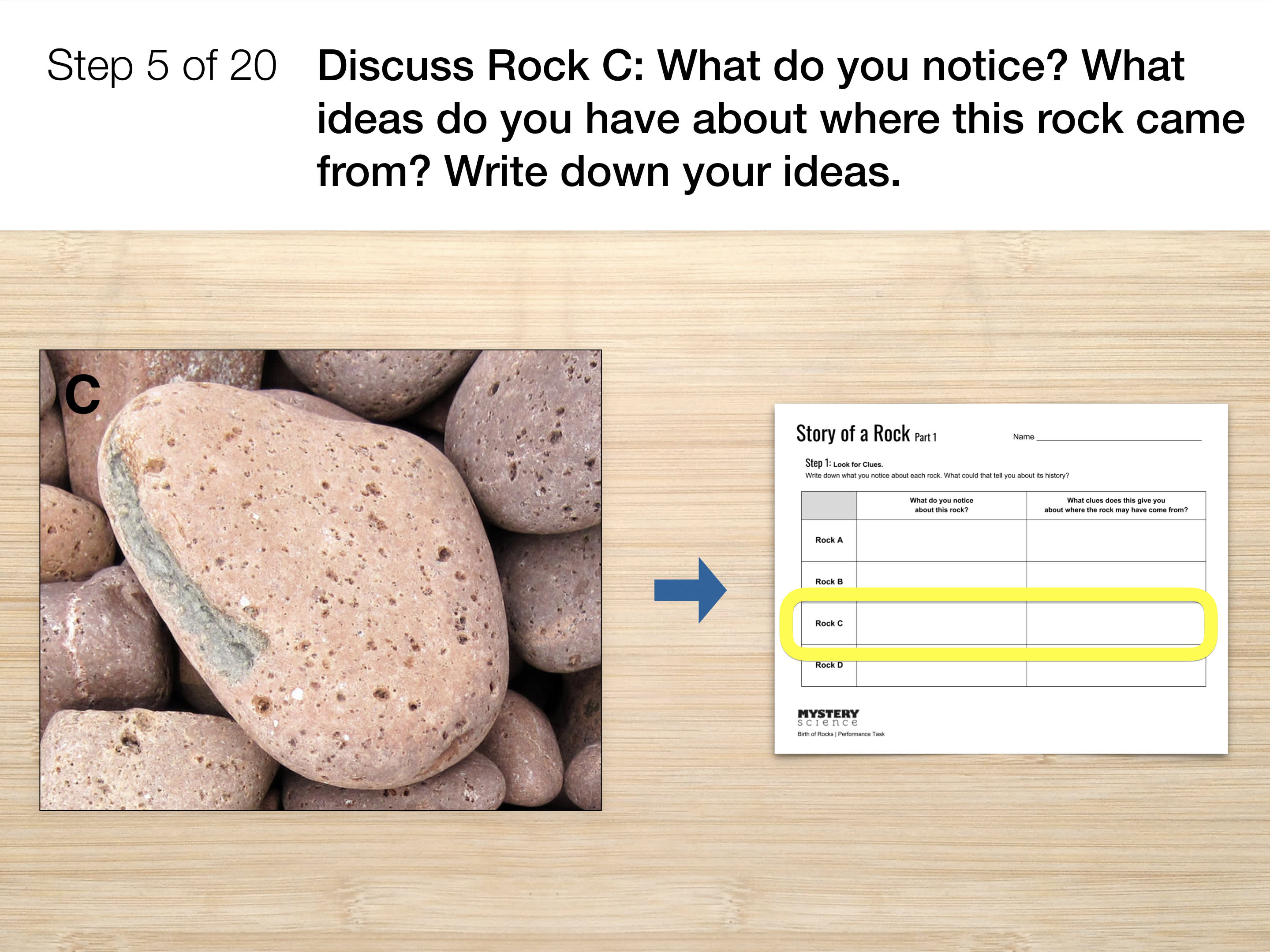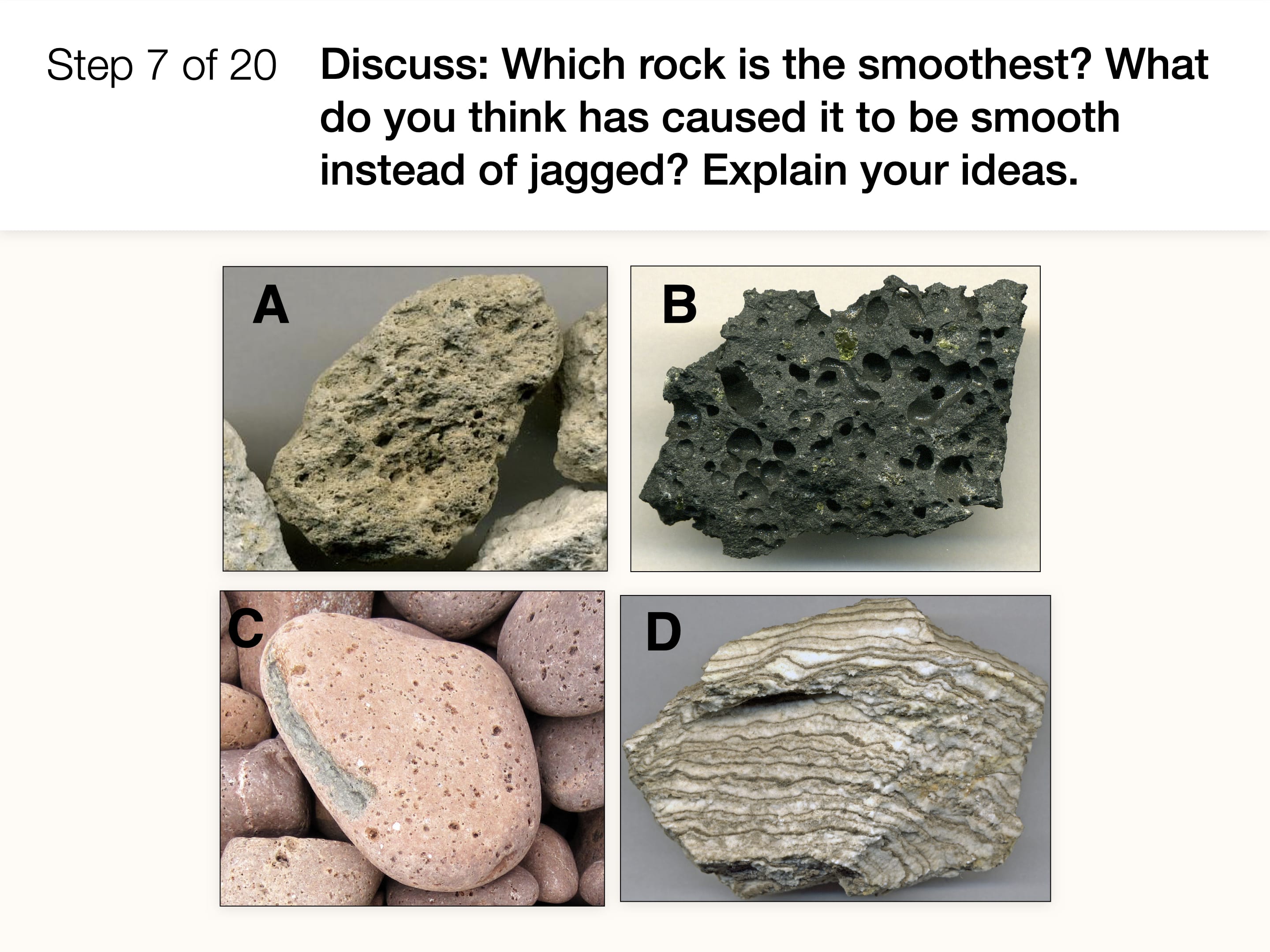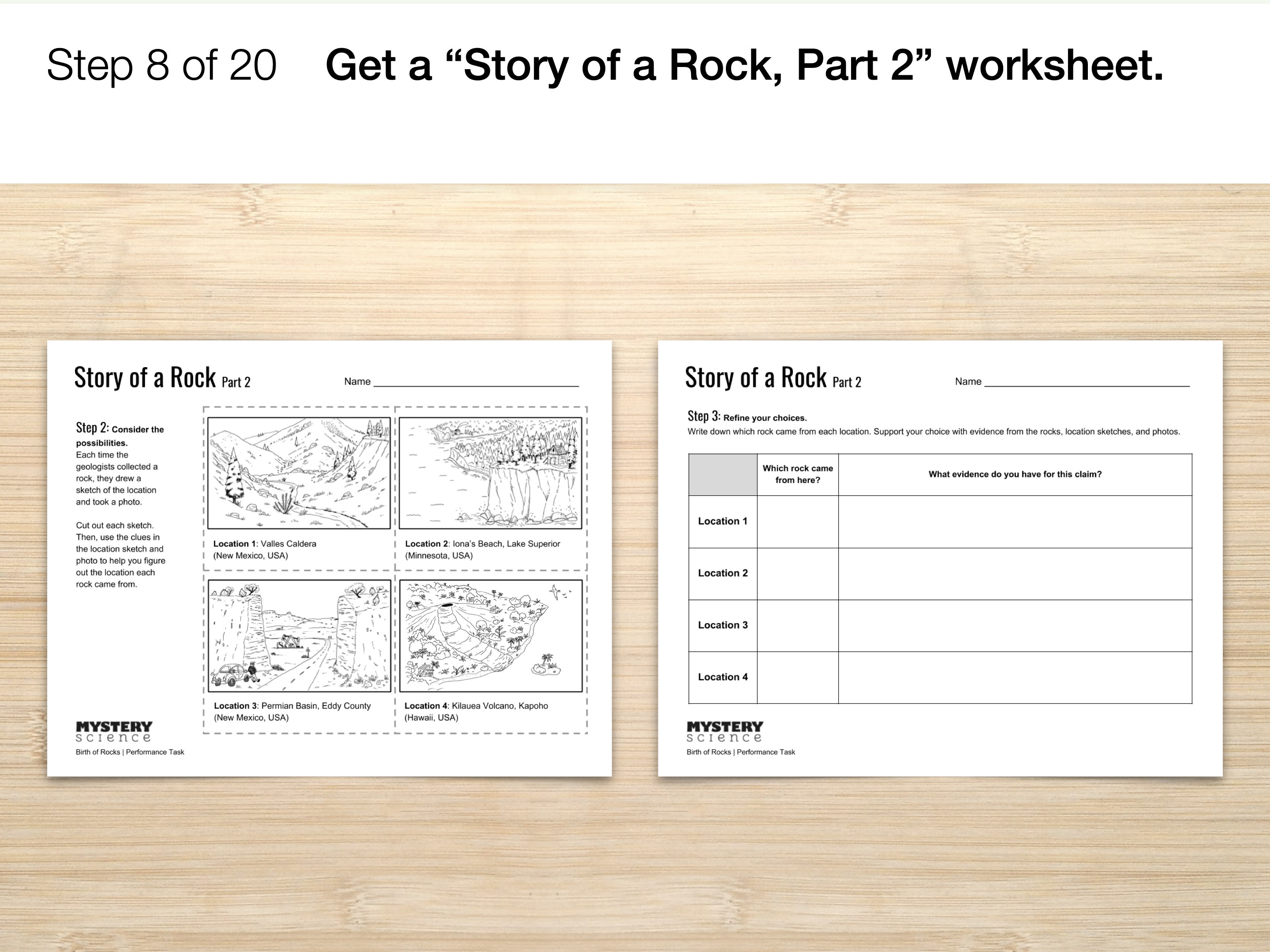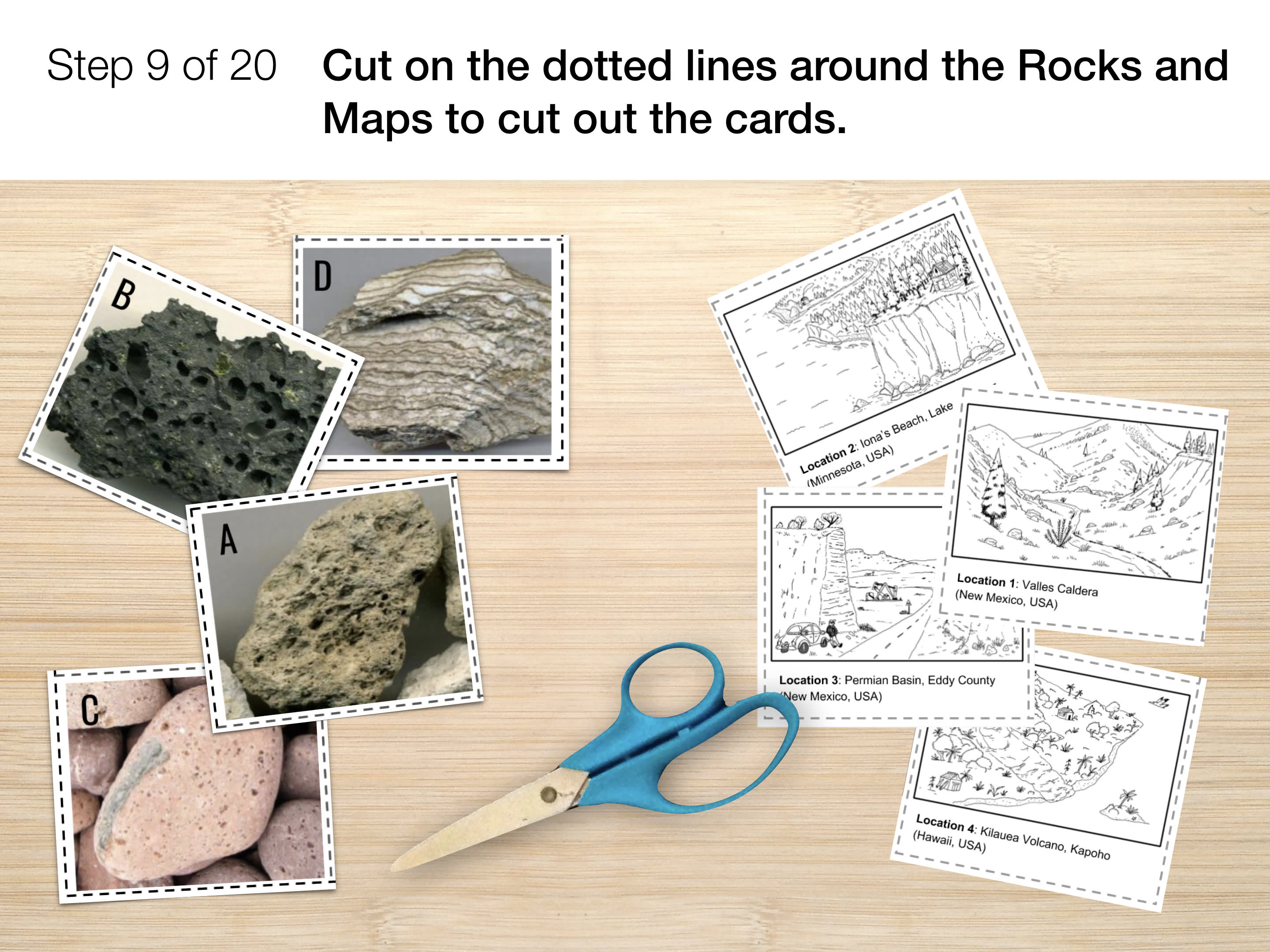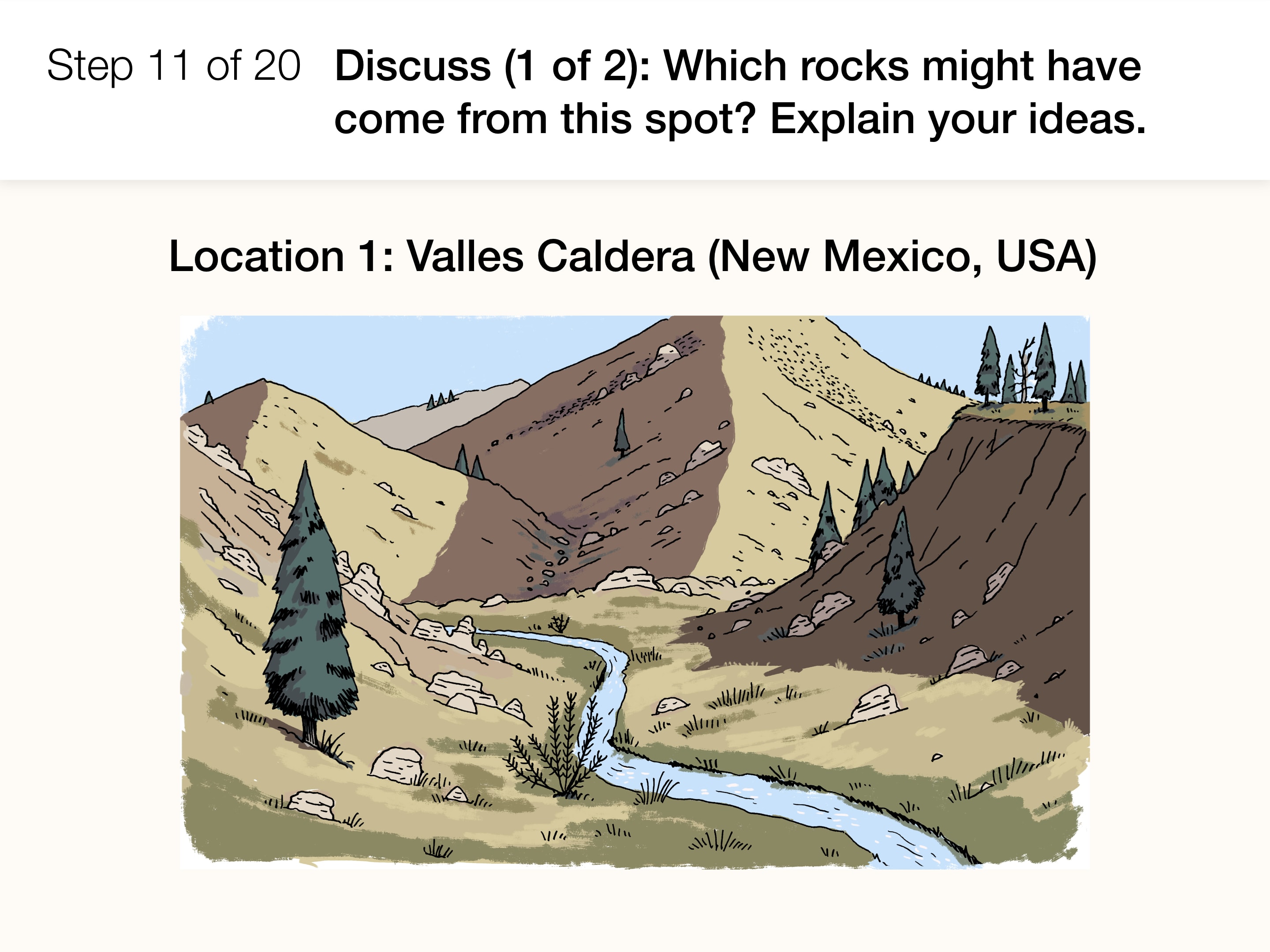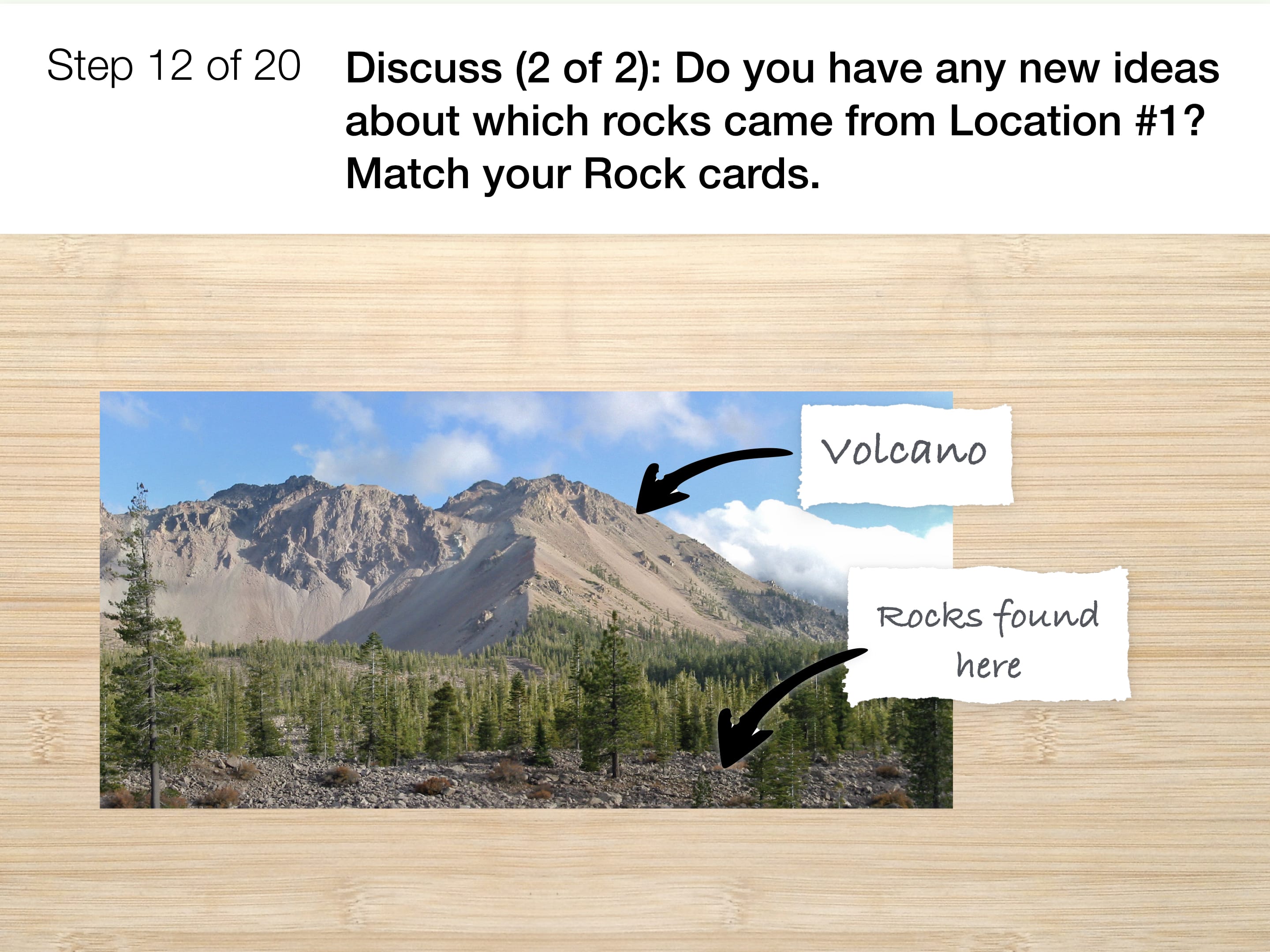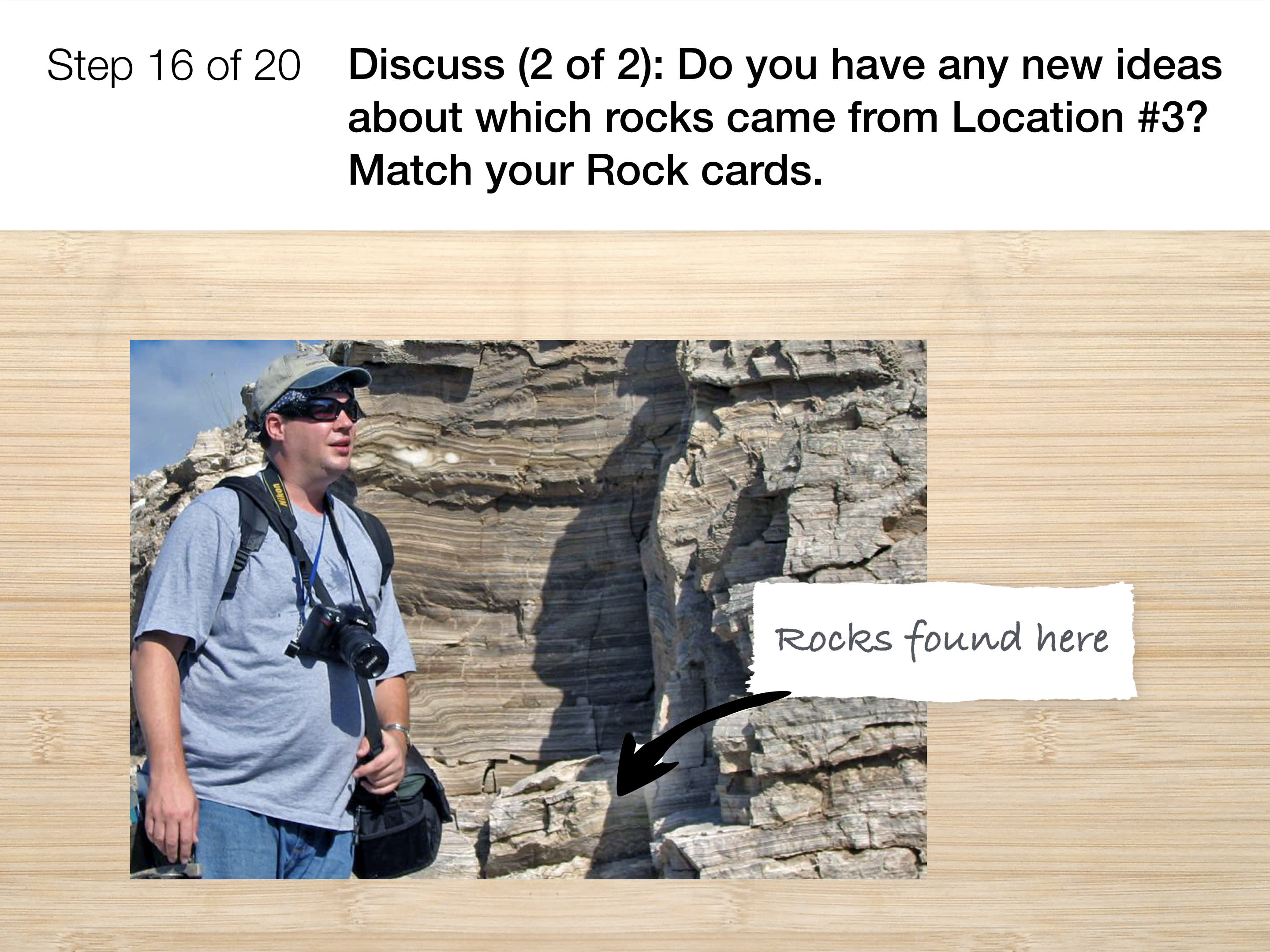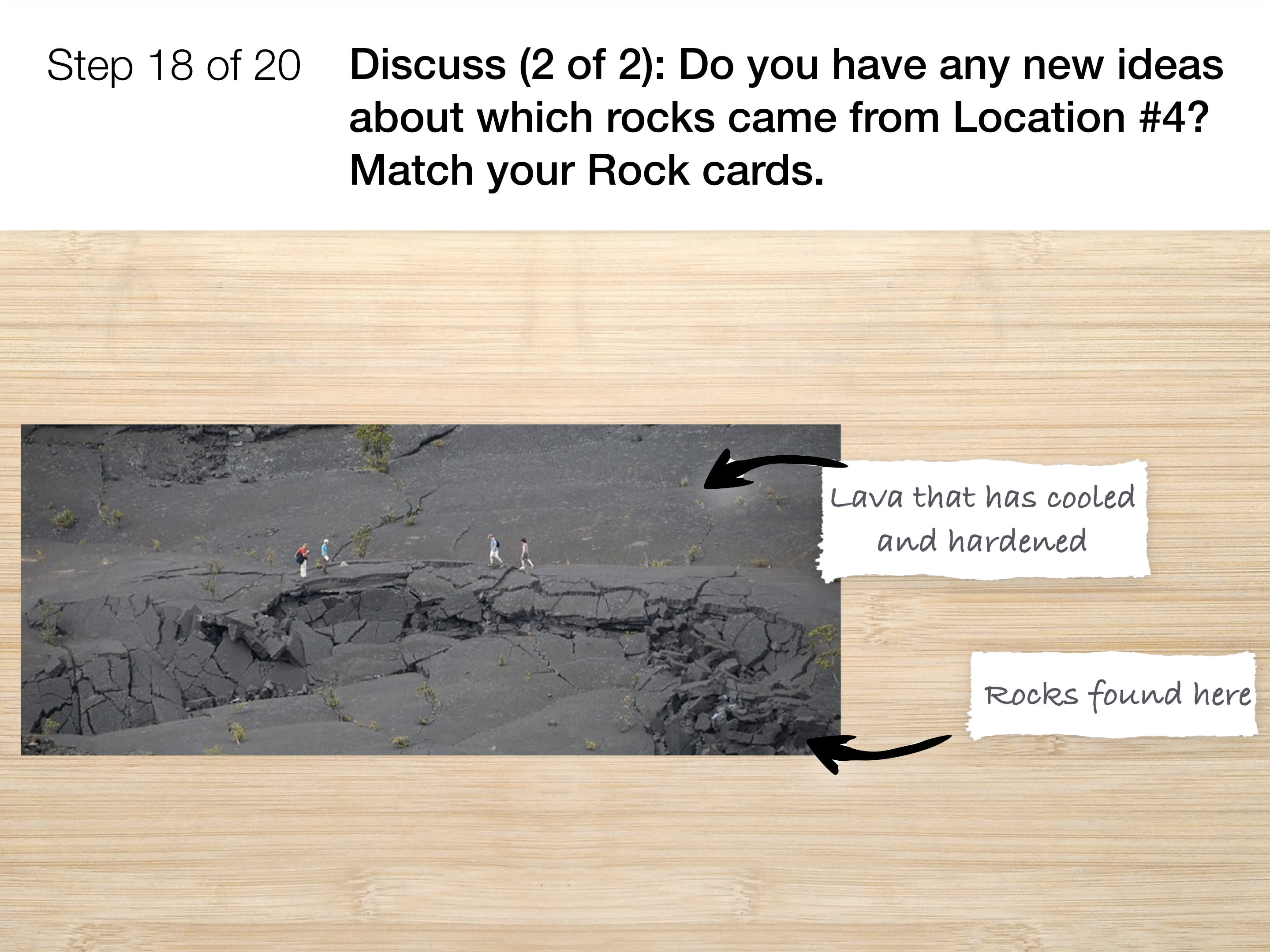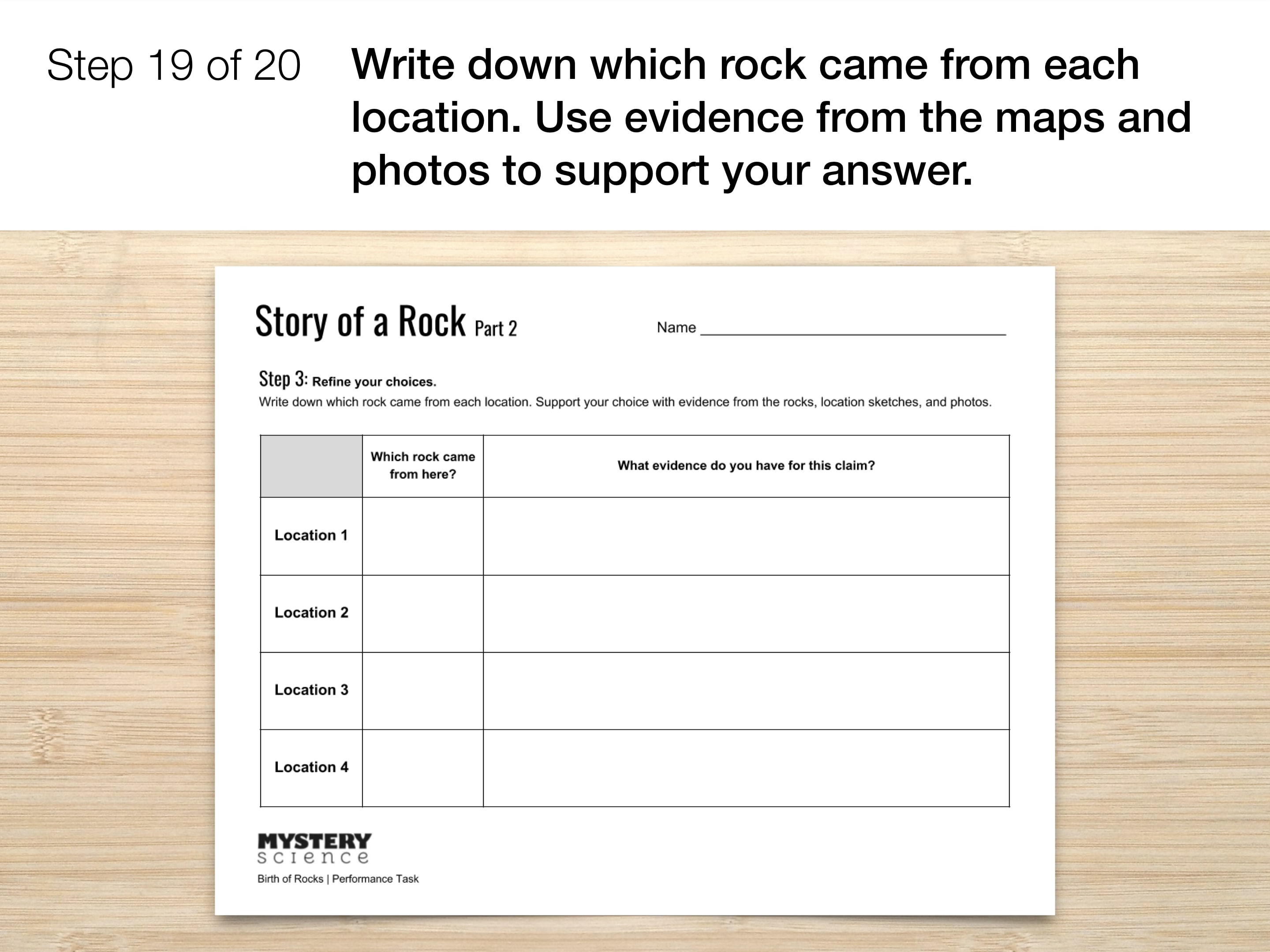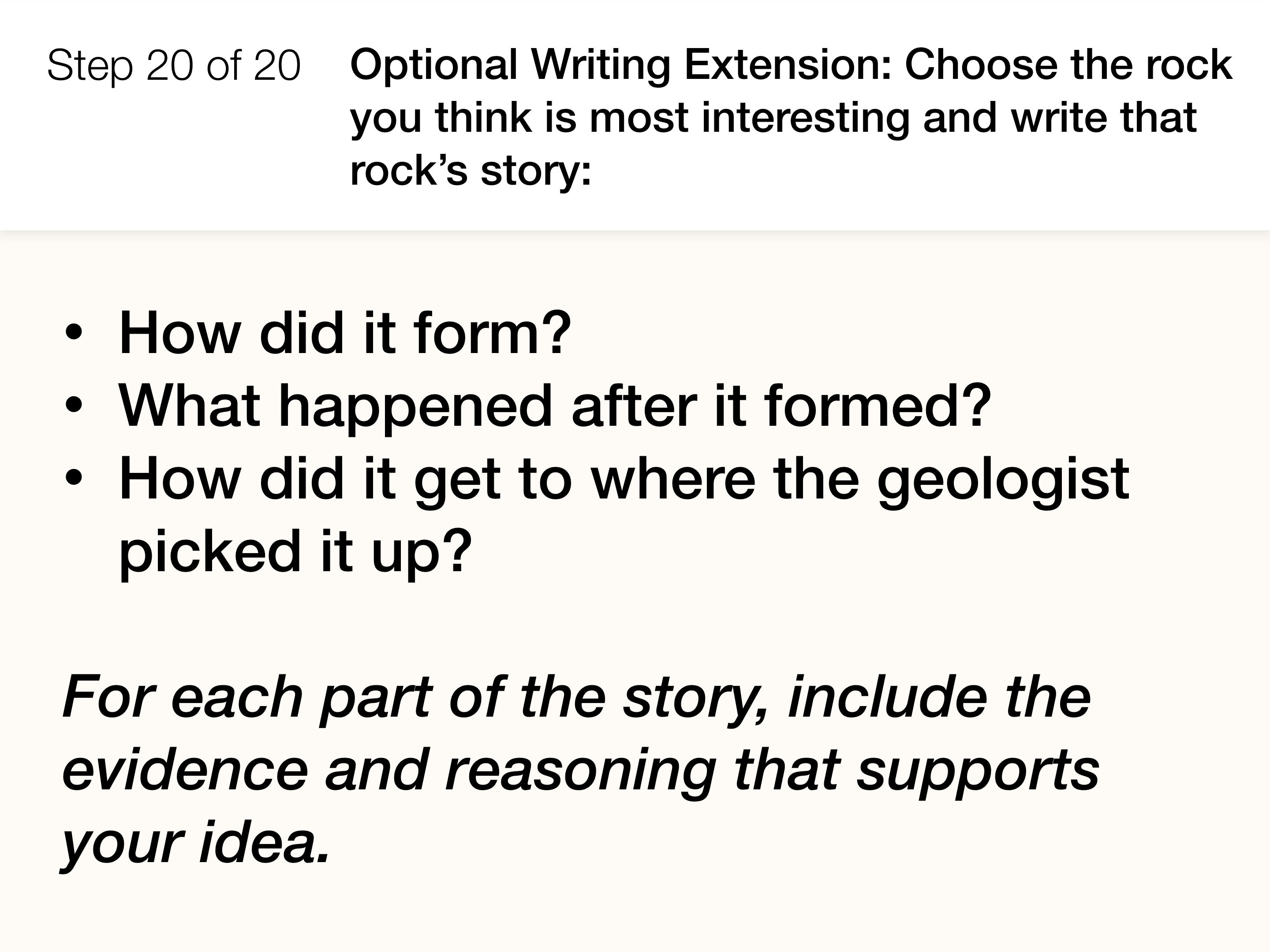Image & Video Credits
Mystery Science respects the intellectual property rights of the owners of visual assets.
We make every effort to use images and videos under appropriate licenses from the owner or by
reaching out to the owner to get explicit permission. If you are the owner of a visual and
believe we are using it without permission, please
contact us—we will reply promptly and make
things right.
Other
Lakeshore beach gravel by
Image used under CC BY 2.0 from Flickr.com: James St. John
PPPencil02 by
Image used under CC0 from wikimedia: JohannPoufPouf
Petrified wood with geode by
Image used under public domain from the national parks service
Rhyolitic Pumice by
Image used under CC BY 2.0 from Flickr.com: James St. John
Structured crinkled gyprock by
Image used under CC BY 2.0 from Flickr.com: James St. John
Vesicular porphyritic olivine basalt by
Image used under CC BY 2.0 from Flickr.com: James St. John
male female house sparrow passer domestic by
Image used under license from Shutterstock.com: Eric Isselee



